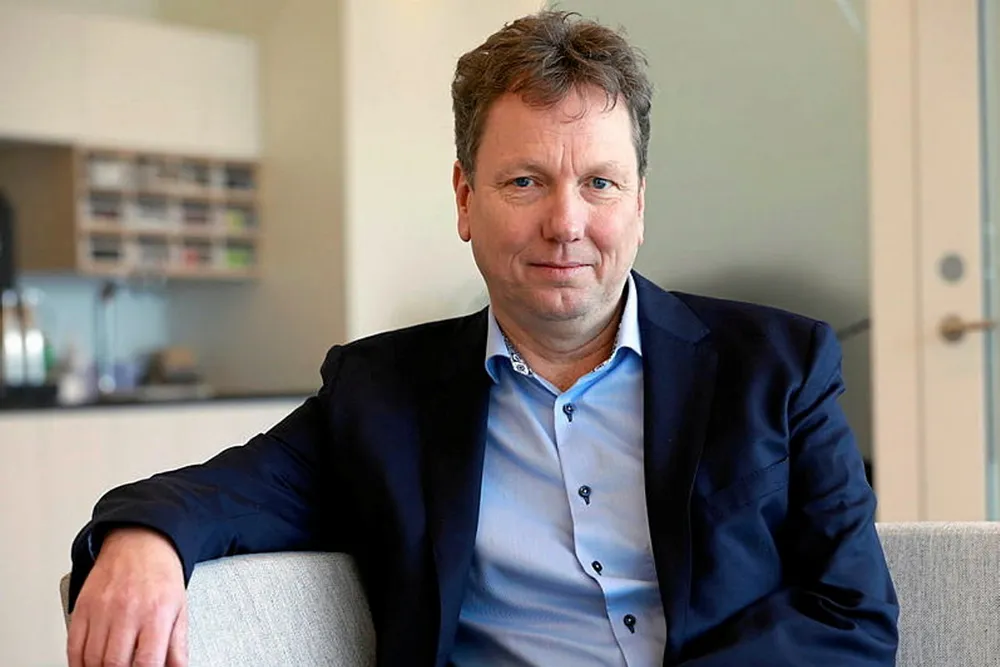Equinor: 'Blue hydrogen will be cheaper than green for the next two decades — from Norway, at least'
'Customers don't care if it's green or blue', senior executive tells conference as Norwegian oil giant plans to export 2GW of blue H2 to the EU

'Customers don't care if it's green or blue', senior executive tells conference as Norwegian oil giant plans to export 2GW of blue H2 to the EU
